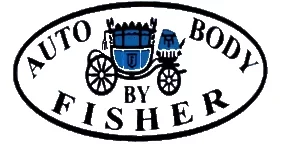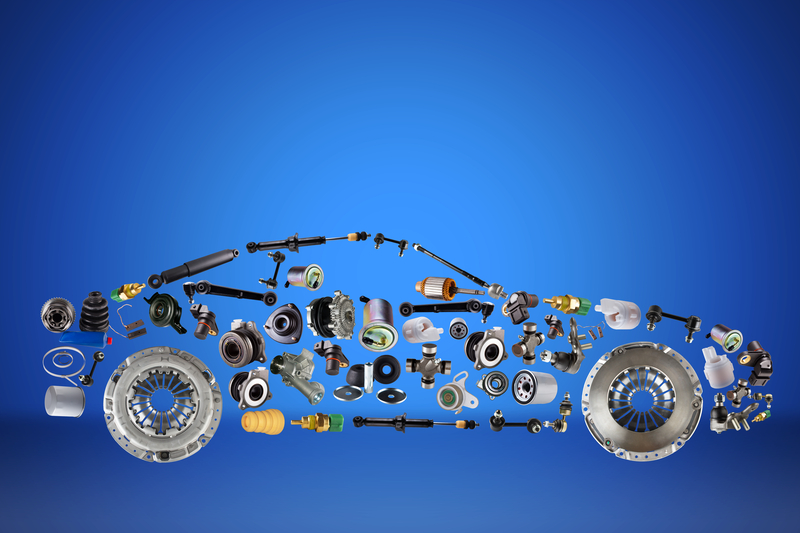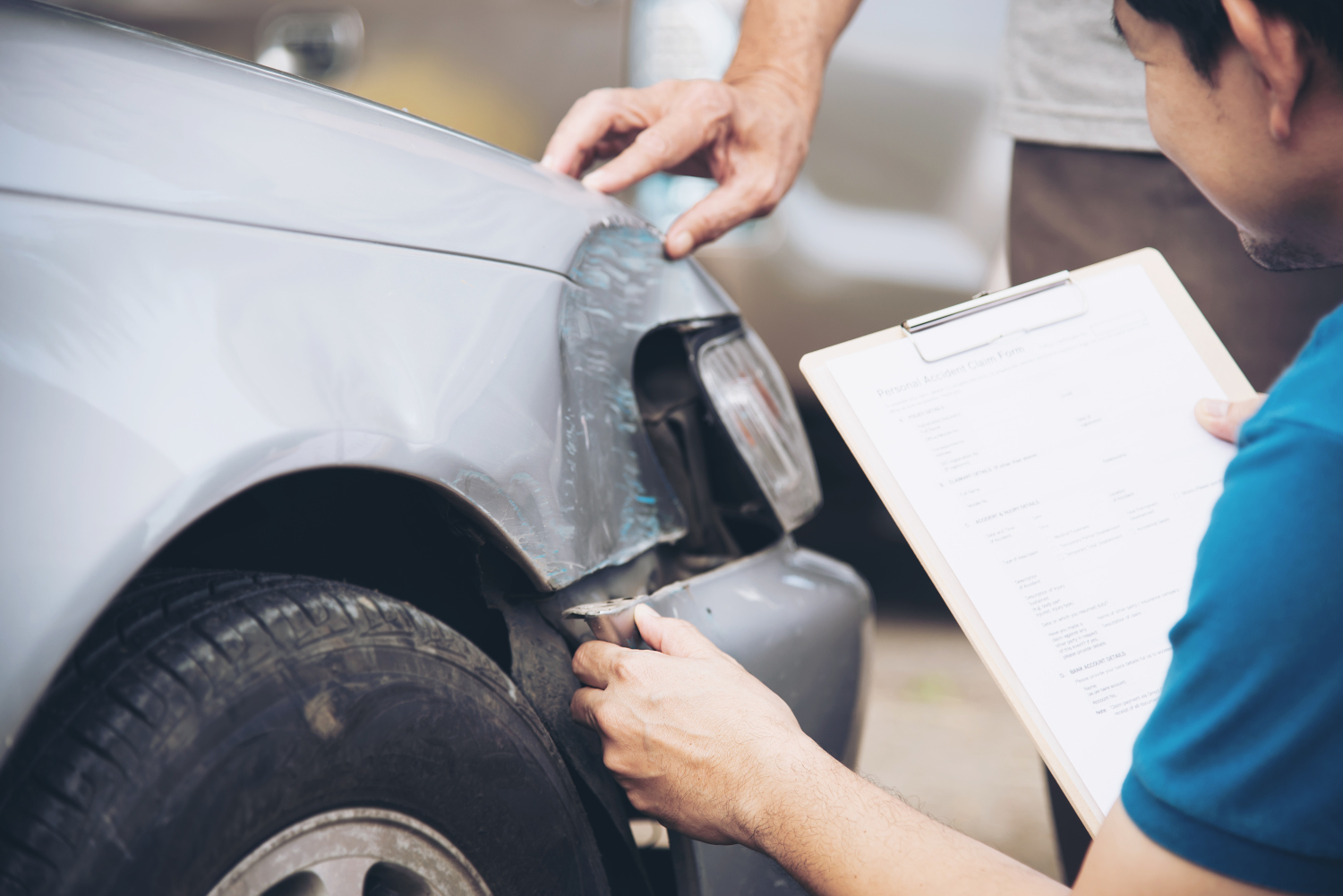When it comes to auto body repair, choosing between OEM and aftermarket parts is an important decision that affects your repair costs and vehicle performance. Both options have distinct advantages, and understanding the differences helps you make the choice that’s right for your specific situation. Let’s explore what each option offers so you can feel confident in your decision.
What Are OEM Parts?
OEM stands for “Original Equipment Manufacturer.” These parts are made by the same company that produced the original parts when your vehicle was first assembled. For example, if you drive a Honda and choose OEM parts, you’re getting parts made by or specifically for Honda.
Key Advantages of OEM Parts:
- Exact specifications: Identical to your vehicle’s original parts
- Predictable fit: No modifications needed during installation
- Manufacturer warranty: Usually includes warranty coverage
- Insurance acceptance: Readily approved by all insurance companies
What Are Aftermarket Parts?
Aftermarket parts are produced by specialized manufacturers who focus on creating high-quality replacement parts for multiple vehicle brands. These companies often innovate and improve upon original designs, offering excellent alternatives to OEM parts.
Key Advantages of Aftermarket Parts:
- Exceptional value: Quality parts at more affordable prices—often 30-50% less than OEM
- Innovation and improvements: Many aftermarket manufacturers enhance original designs for better performance or durability
- Immediate availability: No waiting for dealer orders; parts are readily in stock
- Extensive selection: Multiple quality levels and price points to match your needs
- CAPA certification available: Many parts meet or exceed industry standards through Certified Automotive Parts Association testing
Making an Informed Comparison
| Feature | OEM Parts | Quality Aftermarket Parts |
|---|---|---|
| Manufacturer | Vehicle’s original maker | Specialized replacement part manufacturers |
| Quality Standards | Factory specifications | Often meets or exceeds OEM standards (look for CAPA certification) |
| Price | Premium pricing | 30-50% savings on average |
| Warranty | Manufacturer warranty | Many include comparable warranties |
| Availability | May require ordering | Usually in stock immediately |
| Innovation | Original design only | May include design improvements |
Real-World Performance: What to Expect
Build Quality & Reliability
Today’s reputable aftermarket manufacturers use advanced technology and quality materials that rival—and sometimes surpass—OEM standards. Many aftermarket parts undergo the same rigorous testing as OEM parts, with organizations like CAPA certifying that parts meet or exceed original specifications.
Smart Cost Management
Choosing quality aftermarket parts can save you hundreds or even thousands of dollars on repairs without sacrificing quality or safety. These savings are especially significant for:
- Older vehicles where OEM parts may be overpriced
- Common wear items that need regular replacement
- Non-critical cosmetic components
Vehicle Value Considerations
For most vehicles, using quality aftermarket parts has minimal impact on resale value, especially when professionally installed and properly documented. The key is choosing certified, high-quality parts from reputable manufacturers.
Insurance Coverage: What You Need to Know
Most insurance companies work seamlessly with aftermarket parts, recognizing them as safe, effective repair solutions. In fact, using aftermarket parts often helps keep your premiums lower while still maintaining full coverage. Many policies specify “like kind and quality” parts, which includes both OEM and certified aftermarket options.
Smart tip: If you have specific preferences, discuss them with your repair shop—they can often work with your insurance company to accommodate your choice.
Which Option Makes Sense for You?
Consider Quality Aftermarket Parts When:
- You want to maximize value without compromising quality
- Your vehicle is out of warranty
- You need parts quickly for faster repair turnaround
- You’re interested in potential performance improvements
- You want to keep insurance costs manageable
Consider OEM Parts When:
- Your vehicle is under warranty requiring OEM parts
- You have a rare or specialty vehicle with limited aftermarket options
- Your insurance specifically covers OEM parts at no additional cost
The Professional Difference
The truth is, the quality of installation matters just as much as the parts themselves. A skilled technician can ensure that whether you choose OEM or aftermarket parts, they’re installed correctly for optimal performance and safety.
At AutoBody by Fisher, we work with both OEM and premium aftermarket parts, carefully selecting from trusted suppliers we’ve vetted for quality and reliability. Our certified technicians have the expertise to recommend the best option for your specific situation, ensuring you get excellent results regardless of which path you choose.
The Bottom Line
Both OEM and quality aftermarket parts are excellent choices for collision repair. The “best” option depends on your individual needs, budget, and priorities. Aftermarket parts from reputable manufacturers offer outstanding value and performance, while OEM parts provide the assurance of factory specifications.
What’s most important is working with a trusted repair shop that:
- Sources parts from reputable suppliers
- Stands behind their work with warranties
- Has the expertise to ensure proper installation
- Helps you make an informed decision based on your needs
Ready to discuss your repair options? Our team at AutoBody by Fisher is here to help you navigate your choices and get you back on the road safely and affordably.







